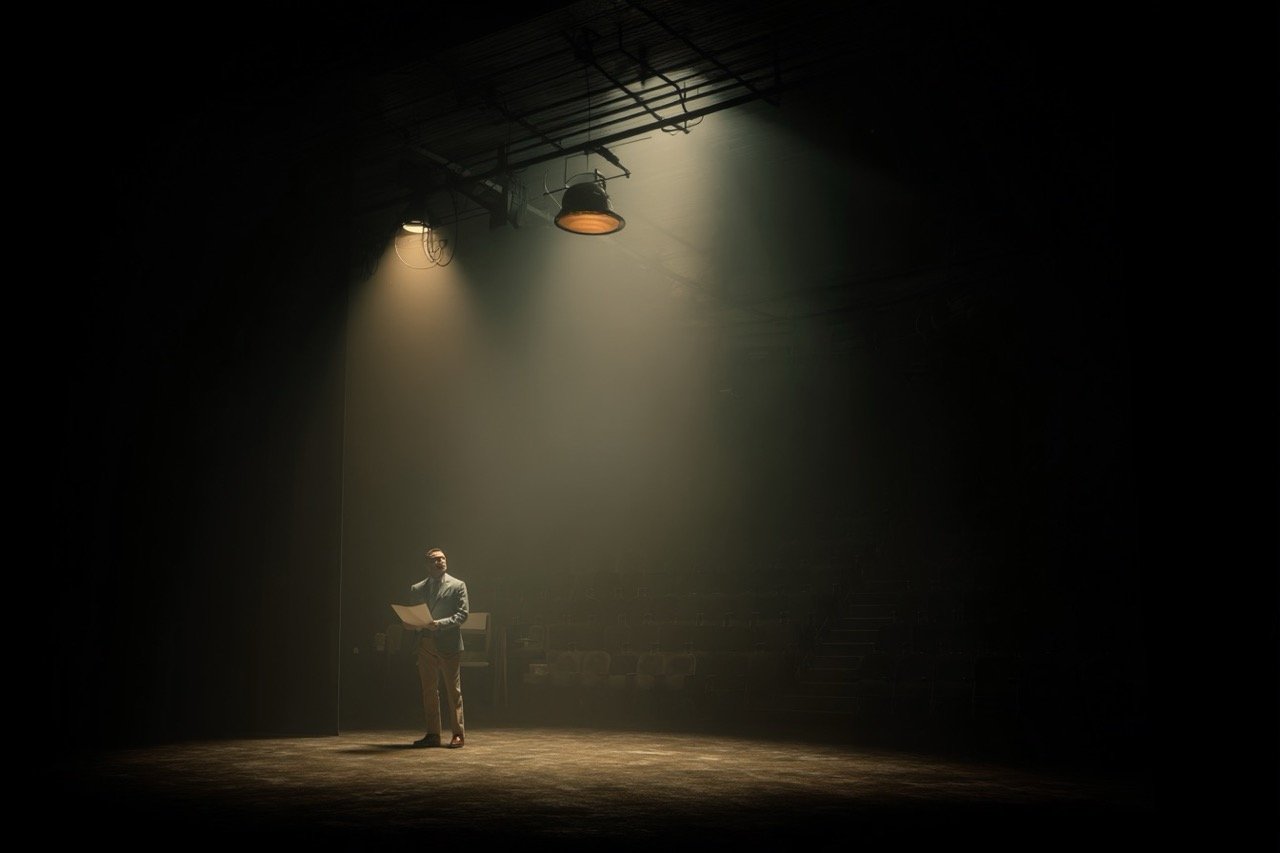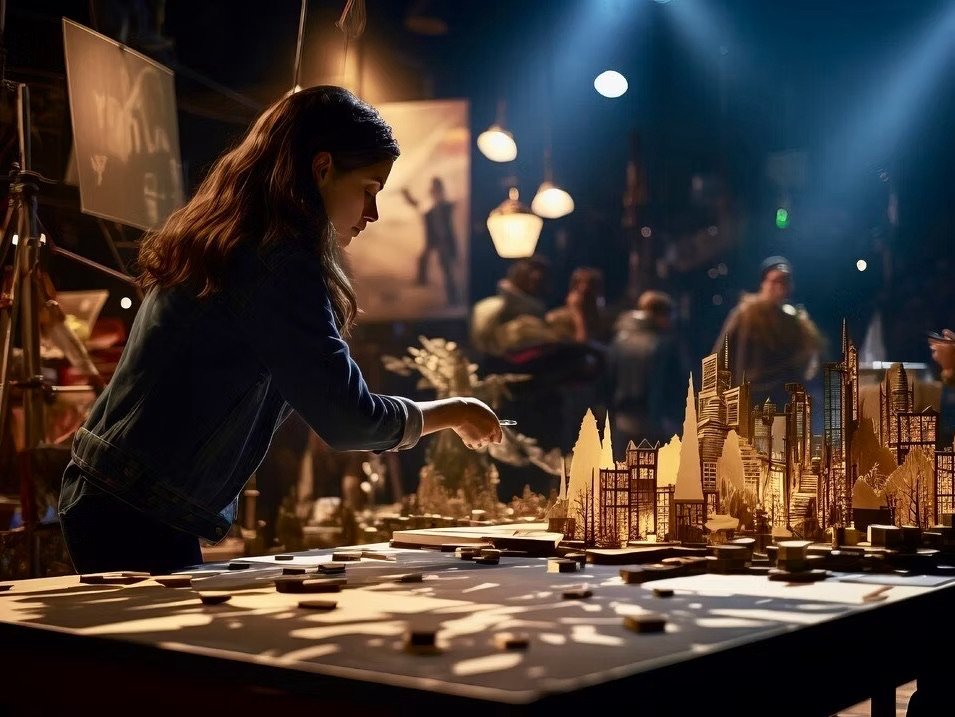Scenic Insights
Where visionary environments elevate storytelling across mediums. My designs translate creative concepts into tangible spatial experiences—each rendering, model, and technical draft showcasing precision craftsmanship that serves both theatrical productions and commercial environments with equal impact.
The Art of Presenting Theatre Design: A Guide for Designers
Drawing from my years of experience as a professional designer, I've developed a structured approach to craft presentations that simplify the complex narrative of our design process and magnify the impact of our message. I am thrilled to share this methodology with you in this article.
Navigating the Scenic Design Process: A Comprehensive Guide
Conceptualization is about delving into the 'What' and the 'Why' of the Design. The research phase lays the foundation by addressing the 'What': identifying the show's needs, the timeline, the setting, and the message to be conveyed. As you transition into the conceptual phase, it's time to delve deeper to unearth the 'Why': the story's significance, the rationale behind the characters' presence, and so on. This phase encapsulates the essence of the narrative and the design vision.
Empowering Theatre Production Students with Computer Literacy
Society often assumes that students are inherently tech-savvy. Memes joke about Millennials teaching their Boomer bosses how to create a PDF. However, the reality is that our Gen Z students are the iPad generation. They're accustomed to mobile software designed for intuitive navigation with a few finger gestures.
Traditional PC software can be overwhelming with its myriad hotkeys and hidden menus. Even software like AutoCAD, which has been around since 1982, relies on a command bar that can seem archaic to digital natives.



